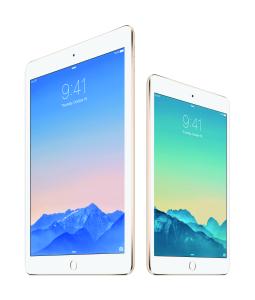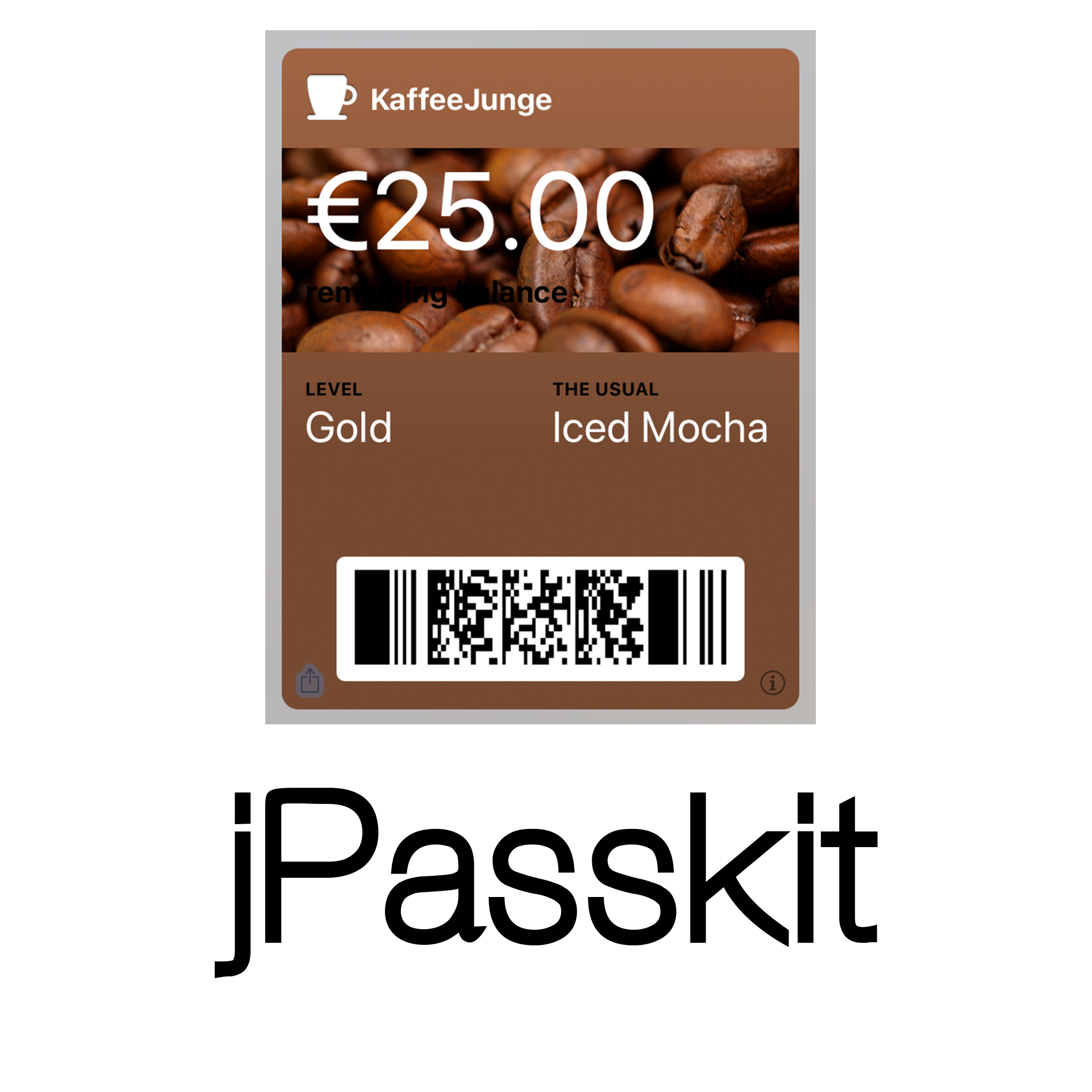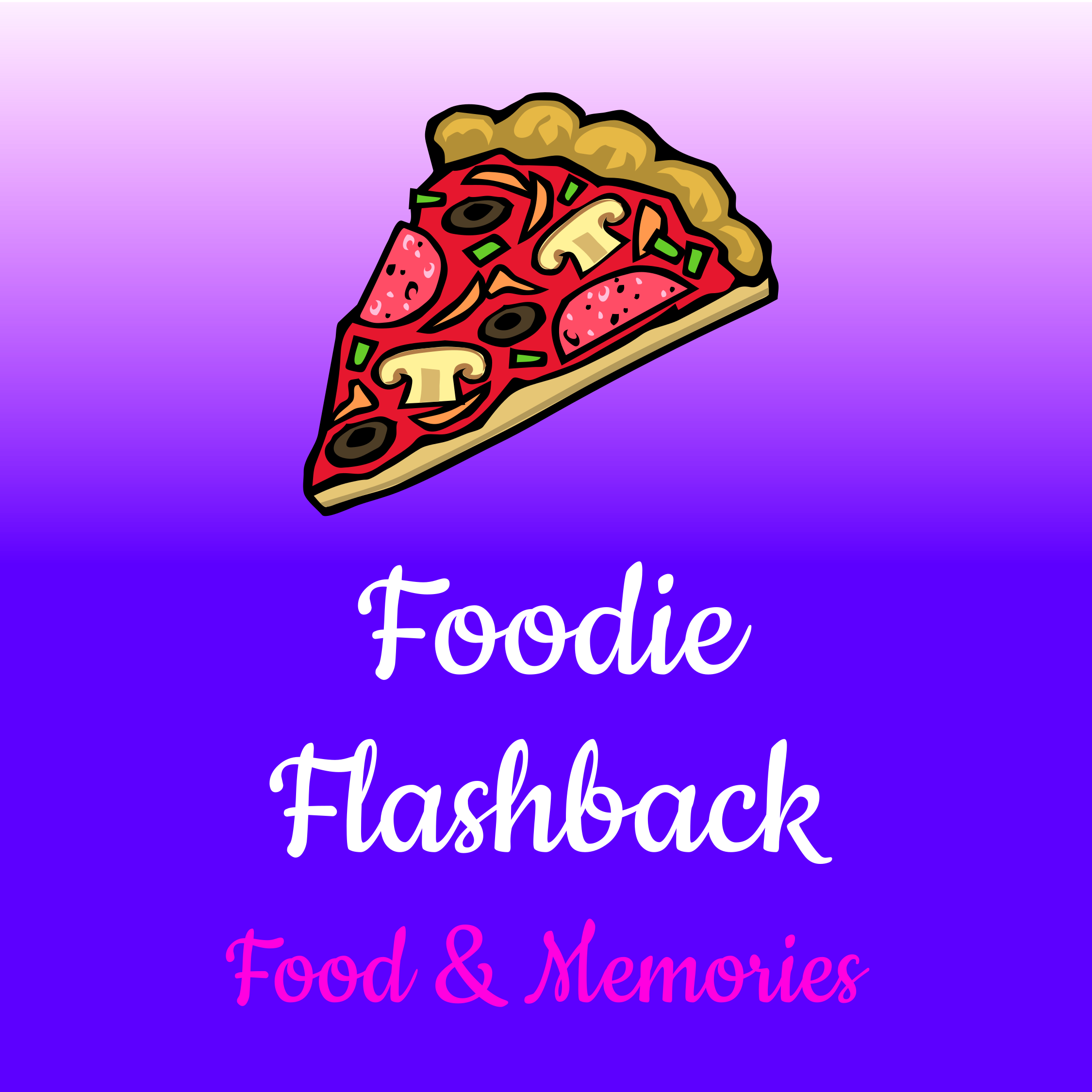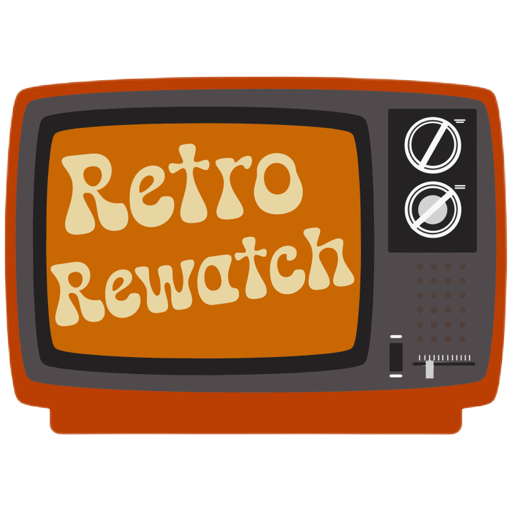
iPad Air 2 and iPad Mini 3
A lot has been said about the iPad over the course of the past year, most of it was pretty negative. To be fair, a lot of stupid, negative stuff has been said about it ever since Steve Jobs unveiled it 5 years ago. Still, something happened last year that changed the overall sentiment of most of the (tech) media.
Ever since, Tim Cook had to endure numerous questions about the “disappointing sales of the iPad” and “where he sees the iPad in the future”. Some have even called the iPad’s entire existence into question.
But how can a device that sold 63.661 million units in 2014 and made 27.8 billion in revenue ever be considered a failure? Remember, if the iPad were its own business, it would still be in the Fortune 150 and be equal in revenue to McDonalds and Macy’s (No. 106 and 107 on Fortunes’ List for 2014). And even if you compare those numbers to the iPhone - 192.662 million units and 120.675 billion in revenue would put it in the Fortune 20 on position 16 right in front of Verizon Wireless and HP - roughly one in three people who bought an iPhone in 2014 also bought an iPad. That’s a huge number!
If that’s how failing looks like, than I’m willing to fail all-day everyday.
Not everything is doom and gloom, though. A few people have voiced their support for the iPad and expressed their continuing love for that marvelous piece of engineering that is the iPad, one of them being MacStories’ Federico Viticci. Granted, he’s a very unique flower - he does almost all of his work on his iPad - but that got me thinking about how people I know use their iPads and how I use it nowadays.
So here it is, my very anecdotal story about the iPad and why I still love it:
“It’s just a big iPhone”
I was very dismissive when Apple first announced the iPad. A lot of people at that time were dismissing it as “a big iPhone” and I tended to agree. Sure, it looked cool, but I couldn’t imagine what I’d be using it for. My needs were taken care of: I had an iPhone to use on-the-go and a MacBook Pro for everything else. So, why in the world would I want to buy yet another Apple device? What would it allow me to do, that I couldn’t already do with the devices I had? Boy was I wrong!
A few months later, I was in London for a few days, I saw the iPad on display at one of the Apple stores. Being the curious person that I am, I spent a good hour with the device. And came back a day later to spend even more time with it. In hindsight, I think that’s the moment where I got hooked. The device was truly magical. It really felt like you were holding the content in your hand. Much more than the iPhone ever did, and certainly a lot more than any other device I had ever used. This device was just a giant screen, although a heavy and bulky one at that time.
Over the course of the next few months, I couldn’t stop thinking about the iPad. I wasn’t yet ready to buy one, but inch by inch it started eating away my doubts. Each new app release, each new article, each person telling me how awesome the iPad really was, put another puzzle piece in place.
It was the release of Penultimate that finally put me over the hump. Being still in school (getting my Masters degree) and working as a developer I imagined plenty of times where I could take (meeting) notes or scribble some ideas on my iPad. It’s almost funny now to think back to those days: I never imagined how much the iPad would change my life and how little I would use it for note taking purposes.
A few weeks later, the day Apple started selling the iPad 2, I ordered my very first iPad (32GB, 3G+Wifi). I had simply run out of reasons not to buy it.
The first weeks with the iPad 2
It’s hard to remember what the first few weeks were like: 4 years are a long time. I imagine they were glorious.
One of the first apps I ever installed on the iPad was Pulse News (a RSS reader, now owned by LinkedIn) and Penultimate right after that. Although the iPad’s software was still very limited (it came with iOS 4 after all), it almost immediately started taking over tasks from my trusty (2010) MacBook Pro. First I just used it to follow the news, then I started surfing the web more and more, then came Youtube and Twitter. Without really noticing, the iPad had taken over everything you’d consider “personal use”. I would work on my MacBook and as soon as I was done, close the lid and use my iPad for the rest of the evening. It also became my daily companion: Wherever I went, the iPad was (almost) always with me. I would read papers for my university courses while sitting under a tree at the banks of the Rhine, read TUAW while enjoying a nice Cappuccino at my favorite coffee place and respond to Twitter messages while sitting in the car waiting for someone.
Pretty soon, the iPad became the last device I would put to sleep at night and the first one I would use in the morning. I guess, over time the Youtube app has been the most used app on my iPad.
Every night I watch a couple of shows (e.g. the Philip DeFranco Show) and am usually asleep in mere minutes. In the morning I read some news, check Twitter and prepare for the day.
No, the iPad 2 wasn’t perfect. For one, it was still heavy. I could hold it in one hand for a little while, but it would get uncomfortable soon after. It also lacked power and especially RAM. Using Safari got really annoying after a while since it would reload the page every time you switched to a different tab. And speaking of tabs, you could only ever open 9 pages at once before it started recycling the oldest tab. Pretty annoying for someone who is used to having open tens of tabs at the same time.
Still, it had taken over my life. And I’ve loved every minute of using it.
Being productive
The iPad has had a reputation for being “just a consumption device” since day one. And although that isn’t necessarily a bad thing, it’s also wrong. Federico Viticci has proven that wrong on multiple occasions, so have other people, and so have I. The iPad is in fact, a wonderful creation device when used mindfully.
No, it’s not perfect. No, you can’t do everything you can do on a Mac. And no, things aren’t easier just because you’re doing it on an iPad. However, the iPad has a big advantage built right into the device, two actually: Insane convenience and ease of use.
I can vividly remember times where I would take my iPad to my favorite coffee place or one of several other spots to either write or do research for my thesis. A few months ago I spent several hours at a coffee house in Cologne. I had plenty of time to kill before heading to the airport, and I spent most of it writing on my iPad. That in itself wouldn’t have been particularly remarkable (as you can imagine), but there was one thing that made it memorable: My MacBook Pro was with me the whole time, but I didn’t take it out even once. Instead I hooked up the Wireless Keyboard to my iPad and went on working. I think, part of the reason was the fact that it allowed me to focus on one single task. No distractions.
This is just one of many examples. To this day, I prefer to create mind-maps on my iPad. It’s also where I manage my OmniFocus tasks, craft most posts to social networks (using Buffer) and do a lot of research.
And yes, it’s also good for consumption and actually my primary device for that…
Where can it go?
Now that we have established how and why I use my iPad, that begs the question where the iPad could be better. Where is it heading, or where do I wish it is heading?
There are certainly limitations on iOS that prevent me from doing certain things right now. Some of it is Apple’s “fault” (or we’re just not there yet), some of it is simply the lack of mature apps. Sharing data between apps, for example, is still somewhat limited. And I still can’t sync Editorial with a Github repository.
I’m not going to bore you to death with the long list of issues I’m still seeing. The iPad and iOS are incredibly young and will need time to grow and mature. Remember: we didn’t get the Tesla Model S right away, when cars emerged at the beginning of the 20th century, and even the PC took a long time to get to a point where it was as powerful as it is today.
As for the question of where it can go: One of the biggest advantages of iOS is its simplicity. Most people (read, “normal” people), don’t understand how their Macs/PCs work and they really aren’t good at using them.
Yes, they get work done, but for us “geeks” it’s frustrating to watch them getting there. iOS is different in that respect: it doesn’t intimidate people as much. Are they using it to its fullest potential? Certainly not, and they don’t have to. But it allows people to experiment with the devices they own and get better at it over time.
And that’s where I see the iPad going. It won’t replace the PC/Mac as we know it any time soon (and why should it?), but it will become the simpler, less intimidating, little brother of the PC. It will do what the Mac did 30 years ago: Help normal people access the computing power they need to make their lives better. It has done it for me, it can do it for others, too.
So, does it still matter?
I’ve never really lobbied for the iPad, not even to my family or friends, and maybe that makes me part of the problem. That being said, it certainly does matter a lot for me. When I say “I couldn’t live without it”, I don’t mean that in a literal sense, but in the sense that things would be more difficult and time consuming for me.
Back when Steve Jobs introduced the iPad, he made a case for the iPad as a device in between the iPhone and the Mac. A device that’s better at some tasks than the iPhone, and better at some tasks than the Mac. 5 years later, a lot has changed, but I think his argument is still valid. Yes, we have bigger iPhones now, and lighter Macs, but the fundamental differences have stayed the same: the job-to-be-done by each device.
“An iPod, a phone, and an Internet communicator.” - Steve Jobs, 2007
The iPhone is still the device for casual use on the go. The device we can use while taking the dog for a walk. The device that fits in our pockets and stays with us all day, every day.
The Mac is still the device we’re using when we sit down at a desk somewhere to get work done. It will depend on your job, how much work you really need to do on a Mac (Tim Cook does 80% of his work on an iPad nowadays, while I still do about 80% of my work on a Mac), but that’s what it’s made for and where it really excels.
“It’s so much more intimate than a laptop and so much more capable than a smartphone with this gorgeous, large display.” - Steve Jobs, 2010
The iPad is a great device for everything in the middle. Steve said it best: it just feels much more intimate. It’s really, insanely great for consumption, and you can also get some work done where ever you are: on the couch, in the car, at Starbucks, on a bench somewhere, …
It really feels magical. I know that sounds cheesy and fanboyish, but I just can’t phrase it any other way, because that’s what it feels like for me. And that’s the reaction I get when ever I lend it to someone who doesn’t own one yet. There’s this instant spark, that instant connection with the device and the content it’s presenting.
And as much as we geeks like to complain about Apple, iOS and the iPad. It’s still a remarkable piece of engineering, and one we’re privileged to own and use every day.
Update:
I just wanted to mention, that I also own an iPhone 6 Plus. And while that has changed the way I use my iPhone (I use it much more), it hasn’t changed my iPad usage as much. With one exception:
When I’m sitting somewhere and I just want to check Twitter/Facebook/Slack, it’s far more likely that I’ll just use the iPhone instead.



